Home>Gardening & Outdoor>Landscaping Ideas>Why Is My Lawn Mower Not Picking Up Grass
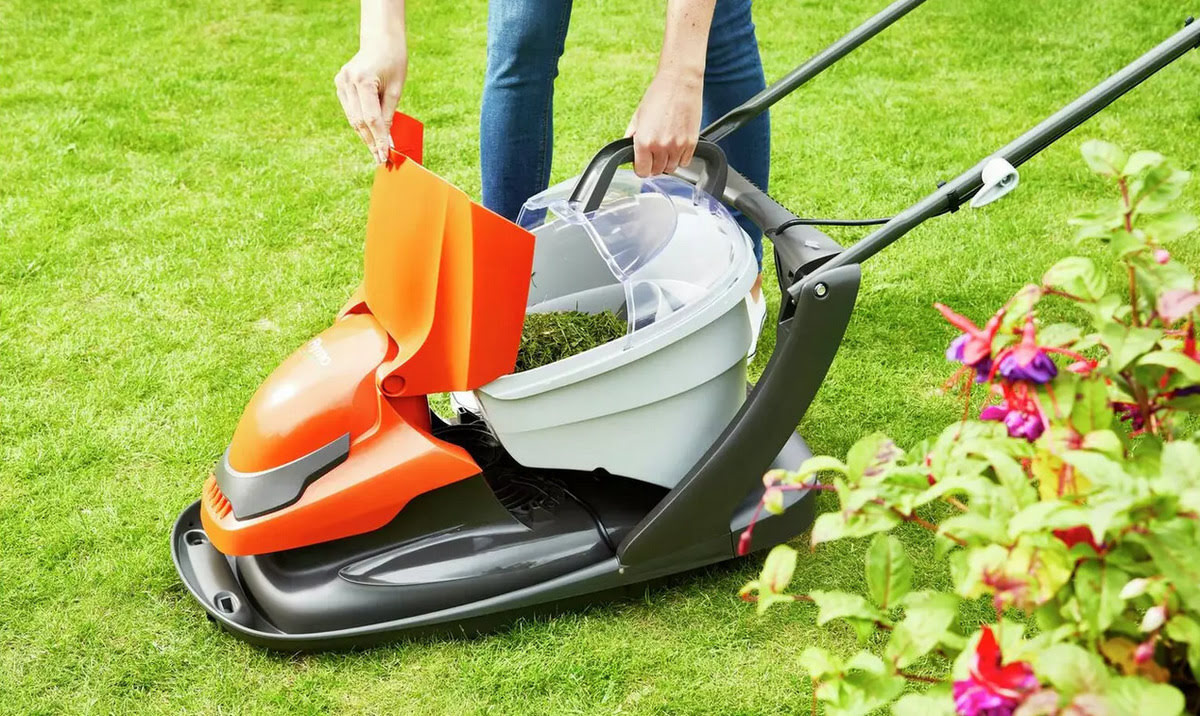

Landscaping Ideas
Why Is My Lawn Mower Not Picking Up Grass
Published: January 29, 2024
Discover expert landscaping ideas to troubleshoot why your lawn mower is not picking up grass. Get tips to improve your lawn care and maintenance.
(Many of the links in this article redirect to a specific reviewed product. Your purchase of these products through affiliate links helps to generate commission for Storables.com, at no extra cost. Learn more)
Introduction
Are you frustrated because your lawn mower seems to be leaving behind patches of uncut grass? It can be incredibly frustrating to spend time and effort mowing your lawn, only to be left with uneven, untidy results. However, before you resign yourself to the idea of purchasing a new lawn mower, there are several troubleshooting steps you can take to address this issue. By understanding the potential reasons why your lawn mower is not picking up grass properly, you can save time and money while ensuring that your lawn remains well-maintained.
In this comprehensive guide, we will explore various factors that may be contributing to your lawn mower's ineffective grass collection. From examining the condition of the blades to checking the air filter and spark plug, we will delve into the troubleshooting process to help you identify and resolve the issue. By following these steps, you can optimize the performance of your lawn mower and achieve a neatly manicured lawn that enhances the overall aesthetic appeal of your property.
So, if you're ready to regain control over your lawn care routine and bid farewell to uneven grass cutting, let's embark on this troubleshooting journey together. By the end of this guide, you will be equipped with the knowledge and skills to address the problem of your lawn mower not picking up grass, allowing you to enjoy a pristine and well-groomed lawn once again.
Key Takeaways:
- Keep your lawn mower blades sharp and properly aligned to ensure efficient grass collection and a neatly manicured lawn. Regular maintenance minimizes strain on the engine and enhances cutting efficiency.
- Adjusting the cutting height, cleaning the undercarriage, and maintaining the air filter and spark plug are essential for optimal grass collection and a well-groomed lawn. Proactive maintenance ensures consistent and satisfactory mowing results.
Read more: Why Is My Lawn Mower Leaving Clumps Of Grass
Check the Blades
One of the primary reasons why your lawn mower may not be effectively picking up grass is due to dull or damaged blades. Over time, the blades of your mower can become worn down, leading to inefficient cutting and grass collection. To address this issue, it is essential to inspect the condition of the blades and take appropriate measures to ensure they are sharp and properly aligned.
Begin by disconnecting the spark plug to ensure that the mower is not accidentally started during the inspection process. Next, carefully examine the blades for any signs of wear, nicks, or bending. If you notice visible damage or dullness, it is advisable to sharpen or replace the blades to restore their cutting efficiency.
When sharpening the blades, it is crucial to maintain the proper blade angle and sharpness to facilitate clean and precise cutting. Additionally, ensuring that the blades are balanced is essential for preventing vibration and uneven cutting patterns. If you are uncertain about sharpening the blades yourself, seeking professional assistance from a lawn mower service center or technician can help you achieve optimal blade performance.
By regularly inspecting and maintaining the blades of your lawn mower, you can significantly improve its grass collection capabilities, resulting in a more uniform and tidy lawn appearance. Additionally, keeping the blades in top condition minimizes strain on the mower’s engine and enhances overall cutting efficiency, contributing to a more enjoyable and effective lawn care experience.
Adjust the Cutting Height
When your lawn mower is not effectively picking up grass, the cutting height may be a contributing factor. The cutting height of your mower plays a crucial role in determining the length of the grass after mowing, as well as its ability to be efficiently collected. If the cutting height is set too low, the mower may struggle to pick up the grass, especially if it is dense or damp. Conversely, if the cutting height is too high, the blades may not make proper contact with the grass, resulting in uneven cutting and collection.
To address this issue, it is important to consult your mower’s manual to identify the recommended cutting height for the type of grass in your lawn. Once you have determined the appropriate cutting height, adjust the mower’s settings accordingly. By ensuring that the cutting height aligns with the specific requirements of your grass type, you can optimize the mower’s ability to effectively pick up the grass clippings.
Furthermore, adjusting the cutting height based on seasonal changes and grass growth patterns is essential for maintaining an aesthetically pleasing lawn. During periods of rapid growth, raising the cutting height can prevent stress on the grass and promote healthier regrowth. Conversely, in drier conditions, slightly lowering the cutting height can help conserve moisture and promote a well-groomed appearance.
By regularly monitoring and adjusting the cutting height of your lawn mower, you can enhance its grass collection capabilities while promoting the overall health and appearance of your lawn. This proactive approach not only ensures a more efficient mowing experience but also contributes to the long-term vitality of your grass, resulting in a lush, well-manicured lawn that enhances the visual appeal of your outdoor space.
Clean the Undercarriage
One often overlooked yet crucial aspect of maintaining an efficiently operating lawn mower is the cleanliness of its undercarriage. Grass clippings, dirt, and debris can accumulate in the undercarriage during mowing, leading to blockages and hindering the mower’s ability to pick up grass effectively. To address this issue, it is essential to regularly clean the undercarriage to ensure unobstructed grass collection and optimal performance.
Start by disconnecting the spark plug to prevent accidental start-up, and then carefully turn the mower on its side to access the undercarriage. Using a sturdy brush or scraper, remove any built-up grass clippings, mud, or debris that may be obstructing the discharge chute or collection system. Pay close attention to the area around the blades and the discharge opening, as blockages in these areas can significantly impede grass collection.
After removing the visible debris, use a hose or pressure washer to thoroughly rinse the undercarriage, ensuring that all remaining residue is cleared away. This step is particularly important for dislodging hardened grass clippings and dirt that may be clinging to the undercarriage surfaces. Once the undercarriage is clean and free of obstructions, allow it to dry completely before resuming mowing operations.
Regularly cleaning the undercarriage of your lawn mower not only promotes efficient grass collection but also helps prevent rust and corrosion, prolonging the lifespan of the mower. Additionally, maintaining a clean undercarriage reduces the risk of overheating and mechanical issues, allowing the mower to operate smoothly and effectively. By incorporating this simple yet impactful maintenance task into your lawn care routine, you can ensure that your mower consistently delivers optimal grass collection performance, resulting in a neatly trimmed and pristine lawn.
Check the mower blade for dullness or damage, as this can prevent proper grass cutting and collection. Also, make sure the grass bag or collection system is not clogged or full.
Check the Bag or Collection System
The functionality of the bag or collection system of your lawn mower directly influences its ability to effectively pick up grass clippings during mowing. A malfunctioning or improperly installed collection bag can lead to uneven or incomplete grass collection, resulting in a less-than-desirable lawn appearance. To address this issue, it is important to thoroughly inspect and maintain the bag or collection system to ensure optimal grass collection performance.
Start by examining the collection bag or system for any signs of damage, such as tears, holes, or clogging. If the bag is made of fabric, check for wear and tear that may compromise its ability to retain grass clippings. Additionally, ensure that the bag is securely attached to the mower and that the connection points are free from debris or blockages that could impede grass collection.
If your mower utilizes a collection system that channels grass clippings into a designated compartment, inspect the system for any blockages or obstructions that may hinder the flow of clippings. Clear away any accumulated debris and ensure that the collection system is properly aligned with the mower’s discharge chute to facilitate seamless grass collection.
Regularly emptying the collection bag or system during mowing sessions is essential for maintaining consistent grass collection efficiency. An overfilled or clogged collection system can impede the mower’s ability to pick up grass, leading to unsightly clumping and uneven distribution of clippings on the lawn. By adhering to the recommended capacity of the collection system and promptly emptying it as needed, you can ensure optimal grass collection and a neatly groomed lawn.
By paying attention to the condition and functionality of the bag or collection system, you can proactively address potential issues that may hinder grass collection. This proactive maintenance approach ensures that your lawn mower consistently delivers efficient grass collection, allowing you to achieve a well-manicured lawn that enhances the overall aesthetic appeal of your outdoor space.
Read more: Why Is My Ryobi Lawn Mower Not Starting
Check the Air Filter
The air filter of your lawn mower plays a critical role in ensuring proper engine performance and grass collection efficiency. A clogged or dirty air filter can restrict airflow to the engine, leading to reduced power and overall effectiveness during mowing. To address potential grass collection issues, it is essential to inspect and maintain the air filter to promote optimal mower performance.
Start by locating the air filter housing, which is typically situated near the carburetor or engine intake. Remove the air filter cover and carefully inspect the filter for dirt, debris, or signs of clogging. If the filter appears dirty or obstructed, it is advisable to clean or replace it according to the manufacturer’s recommendations.
Cleaning the air filter involves gently tapping it to dislodge loose dirt and debris, followed by carefully brushing away any remaining particles. If the filter is heavily soiled or damaged, it is best to replace it with a new, clean filter to ensure unrestricted airflow to the engine. Additionally, inspect the air filter housing for any accumulated debris or blockages that may hinder airflow, and clear away any obstructions as needed.
Regularly maintaining the air filter of your lawn mower promotes efficient engine operation, resulting in improved grass collection and overall mowing performance. A clean and unobstructed air filter allows the engine to generate the power necessary to effectively cut and pick up grass, contributing to a neatly groomed lawn with a uniform appearance.
By incorporating air filter maintenance into your lawn mower care routine, you can proactively address potential issues that may impact grass collection. This proactive approach ensures that your mower operates at its best, allowing you to achieve consistent and satisfactory results when mowing your lawn.
Check the Spark Plug
The spark plug is a vital component of your lawn mower’s engine, playing a crucial role in igniting the fuel-air mixture to power the engine. A worn or faulty spark plug can lead to inefficient combustion, resulting in reduced engine performance and potential issues with grass collection. To address this, it is important to inspect and maintain the spark plug to ensure optimal engine operation and grass collection efficiency.
Start by locating the spark plug, which is typically situated at the top of the engine cylinder. Carefully remove the spark plug wire and use a spark plug wrench to loosen and remove the spark plug from the engine. Inspect the spark plug for signs of wear, corrosion, or fouling, which may indicate the need for cleaning or replacement.
If the spark plug appears dirty or fouled, gently clean the electrode with a wire brush to remove any deposits or buildup. Ensure that the electrode gap meets the manufacturer’s specifications, and adjust it as necessary. If the spark plug shows significant wear, corrosion, or damage, it is advisable to replace it with a new spark plug to restore optimal ignition and engine performance.
Regularly maintaining the spark plug of your lawn mower promotes reliable ignition and efficient engine operation, contributing to improved grass collection capabilities. A properly functioning spark plug ensures consistent and effective combustion, allowing the engine to deliver the power necessary for cutting and picking up grass with ease.
By incorporating spark plug maintenance into your lawn mower care routine, you can proactively address potential issues that may impact grass collection and overall engine performance. This proactive approach ensures that your mower operates at its best, allowing you to achieve consistent and satisfactory results when maintaining your lawn.
Conclusion
Addressing the issue of a lawn mower not picking up grass effectively requires a proactive approach to troubleshooting and maintenance. By systematically examining key components and implementing necessary adjustments, you can optimize the performance of your mower and achieve a well-groomed lawn with consistent grass collection. From inspecting the blades and adjusting the cutting height to maintaining the air filter and spark plug, each step plays a crucial role in ensuring that your lawn mower operates at its best.
Regular maintenance and attention to detail are essential for promoting efficient grass collection and overall mowing performance. By incorporating these troubleshooting steps into your lawn care routine, you can proactively identify and address potential issues, allowing you to enjoy the satisfaction of a neatly manicured lawn without the frustration of uneven grass cutting.
Furthermore, understanding the importance of maintaining the undercarriage, collection system, air filter, and spark plug empowers you to take proactive measures to optimize your mower’s grass collection capabilities. This not only enhances the visual appeal of your lawn but also contributes to the long-term durability and effectiveness of your lawn mower.
Ultimately, by following the guidance provided in this comprehensive troubleshooting guide, you can regain control over your lawn care routine and achieve consistently satisfying results. Armed with the knowledge and skills to address grass collection issues, you can look forward to enjoying a well-maintained lawn that enhances the overall beauty of your outdoor space, creating a welcoming and aesthetically pleasing environment for relaxation and recreation.
Frequently Asked Questions about Why Is My Lawn Mower Not Picking Up Grass
Was this page helpful?
At Storables.com, we guarantee accurate and reliable information. Our content, validated by Expert Board Contributors, is crafted following stringent Editorial Policies. We're committed to providing you with well-researched, expert-backed insights for all your informational needs.
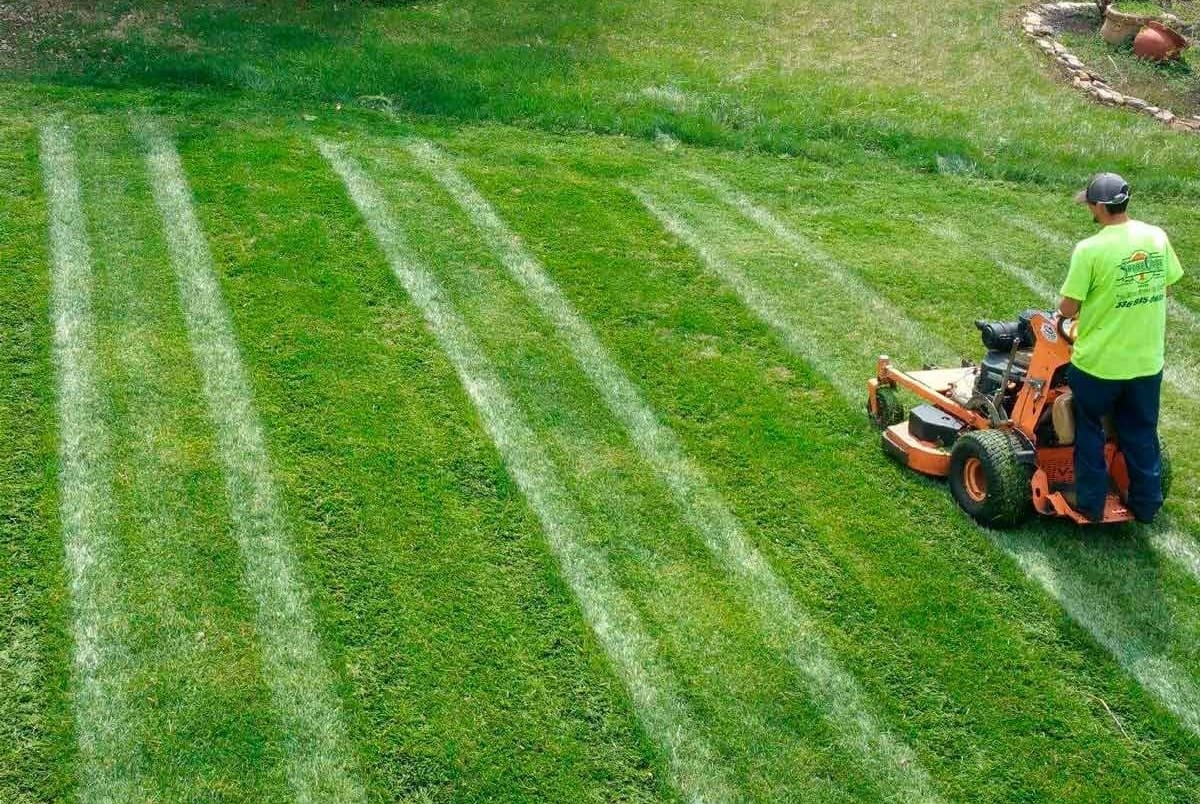
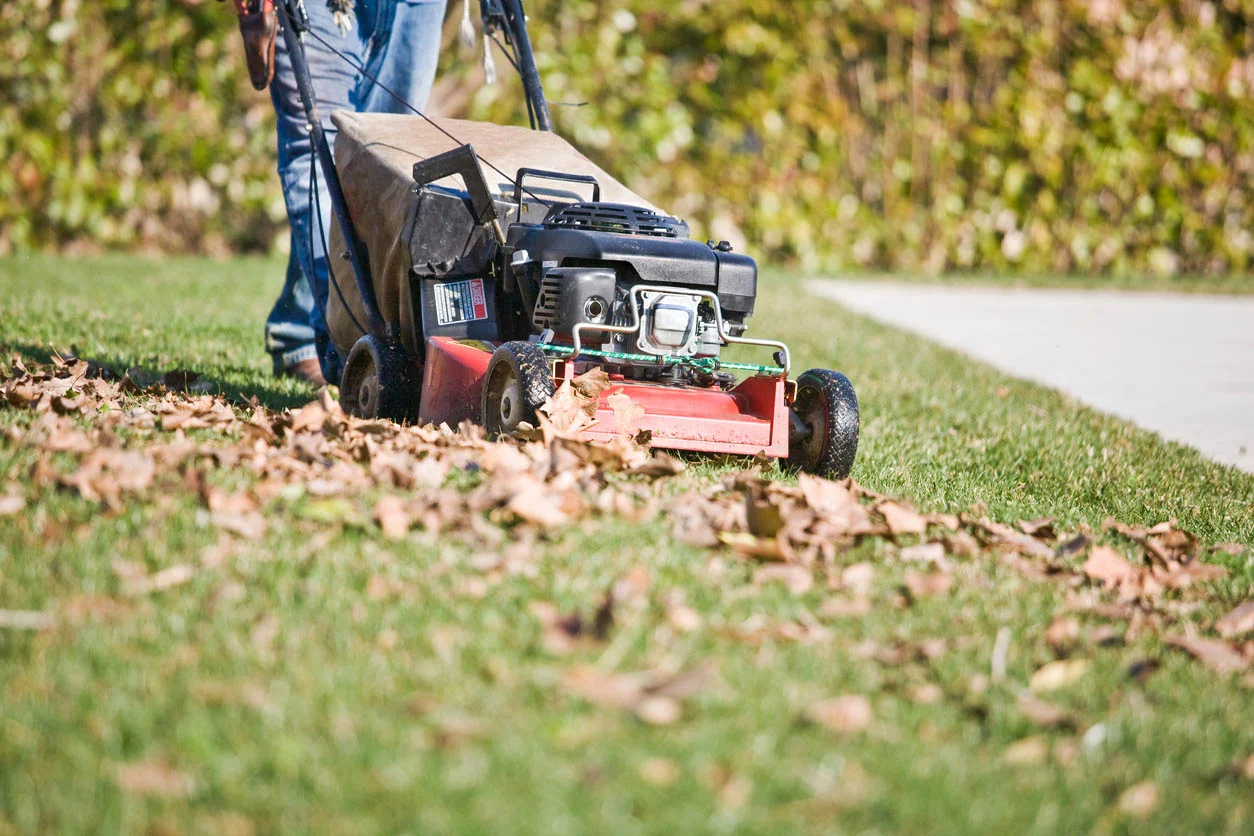
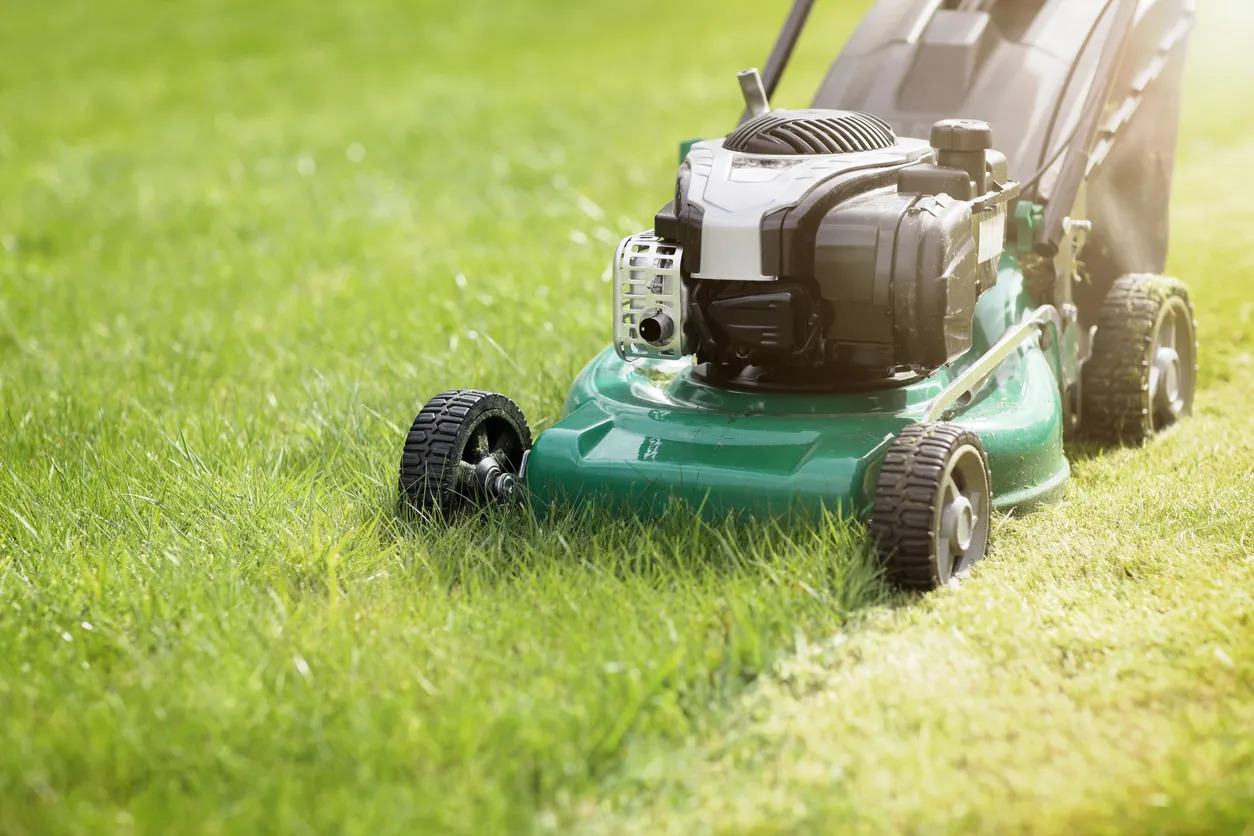
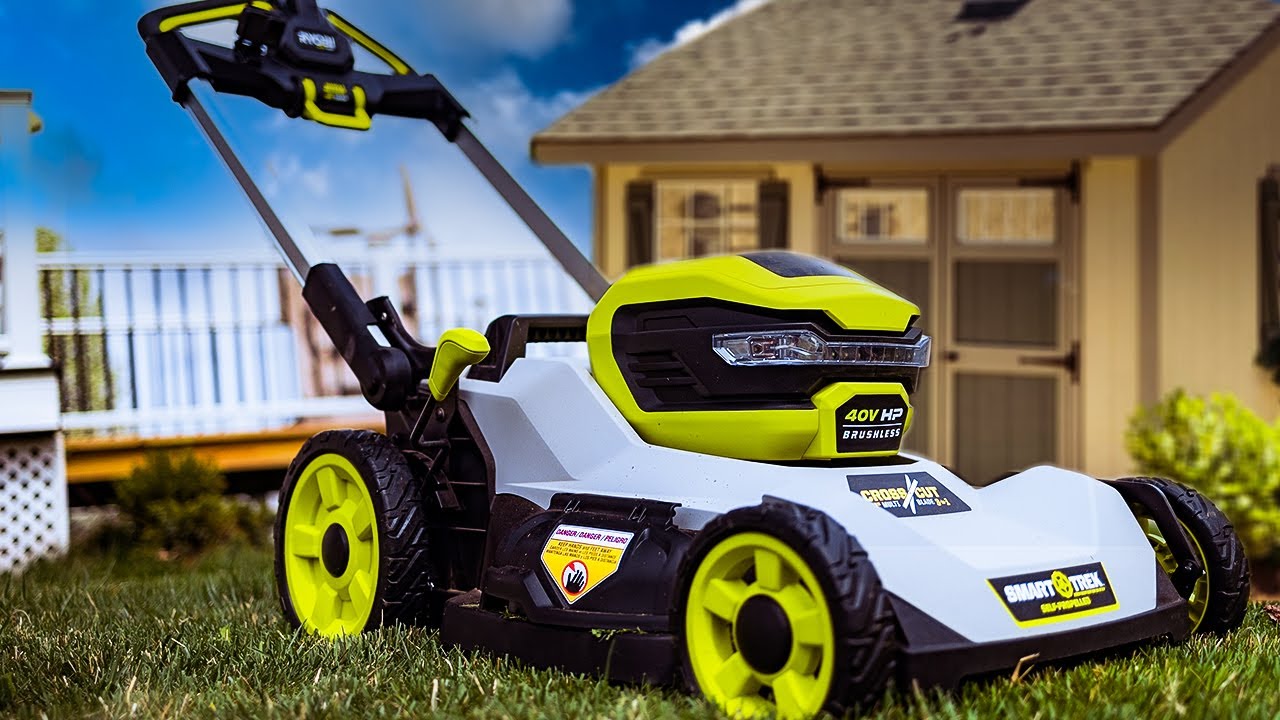


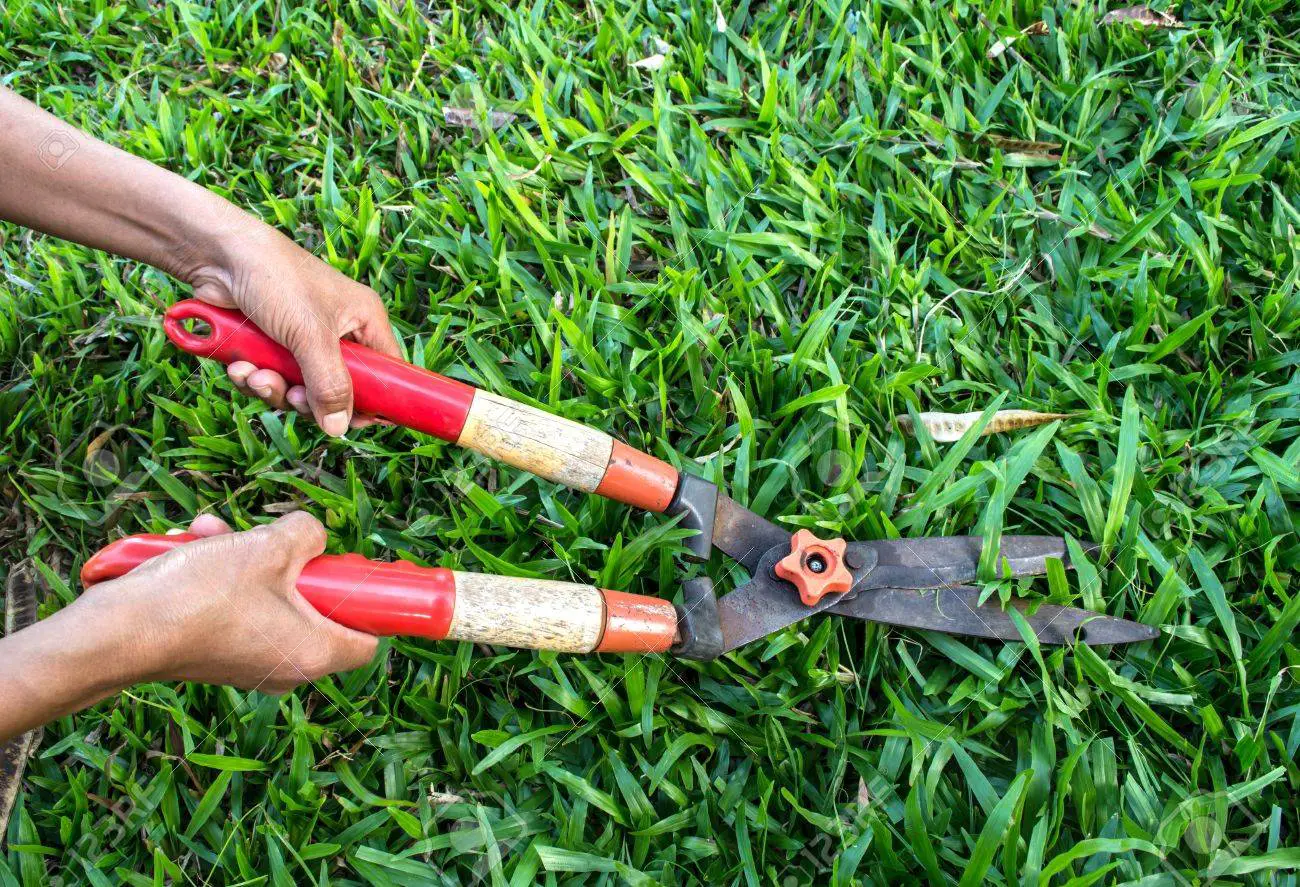
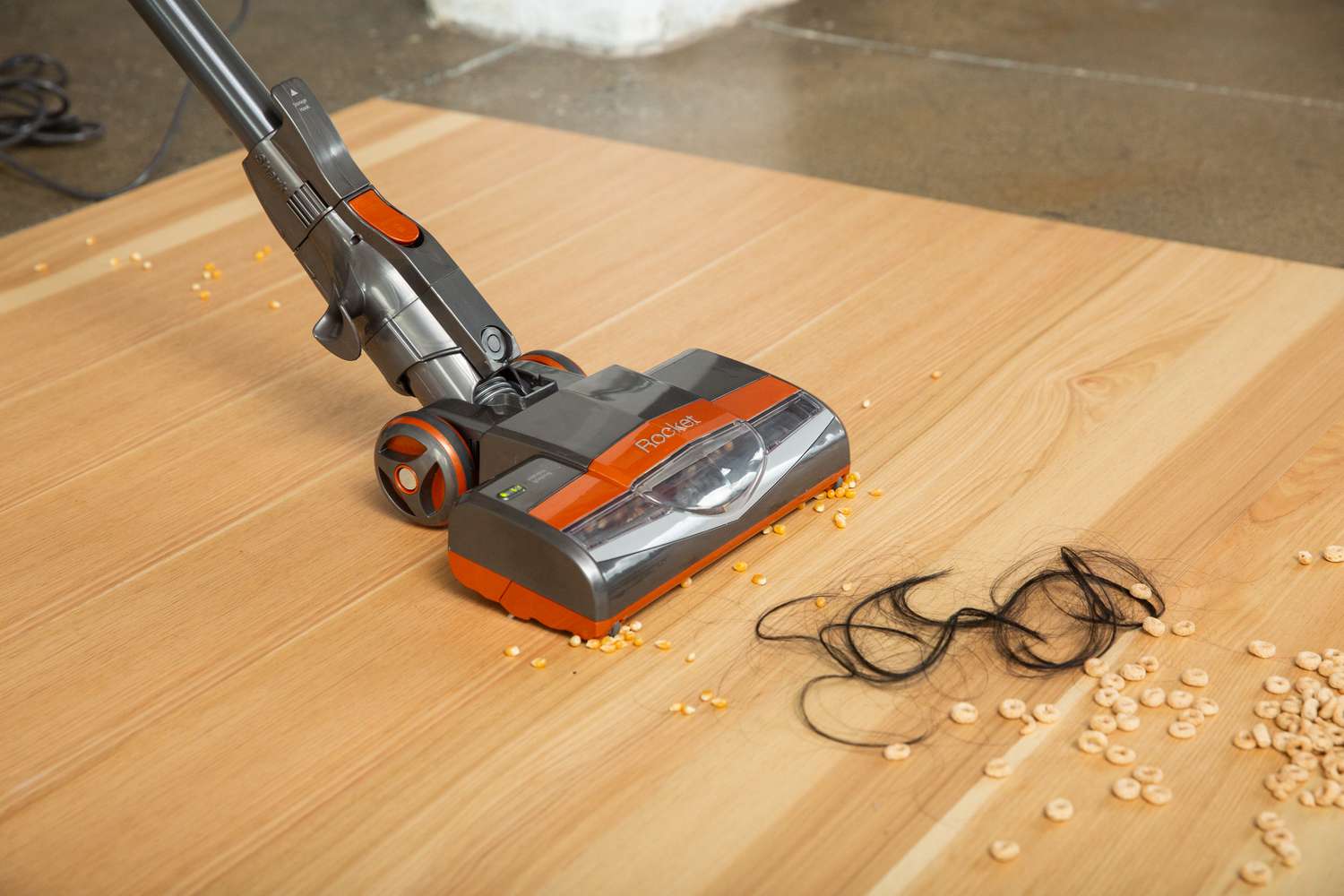
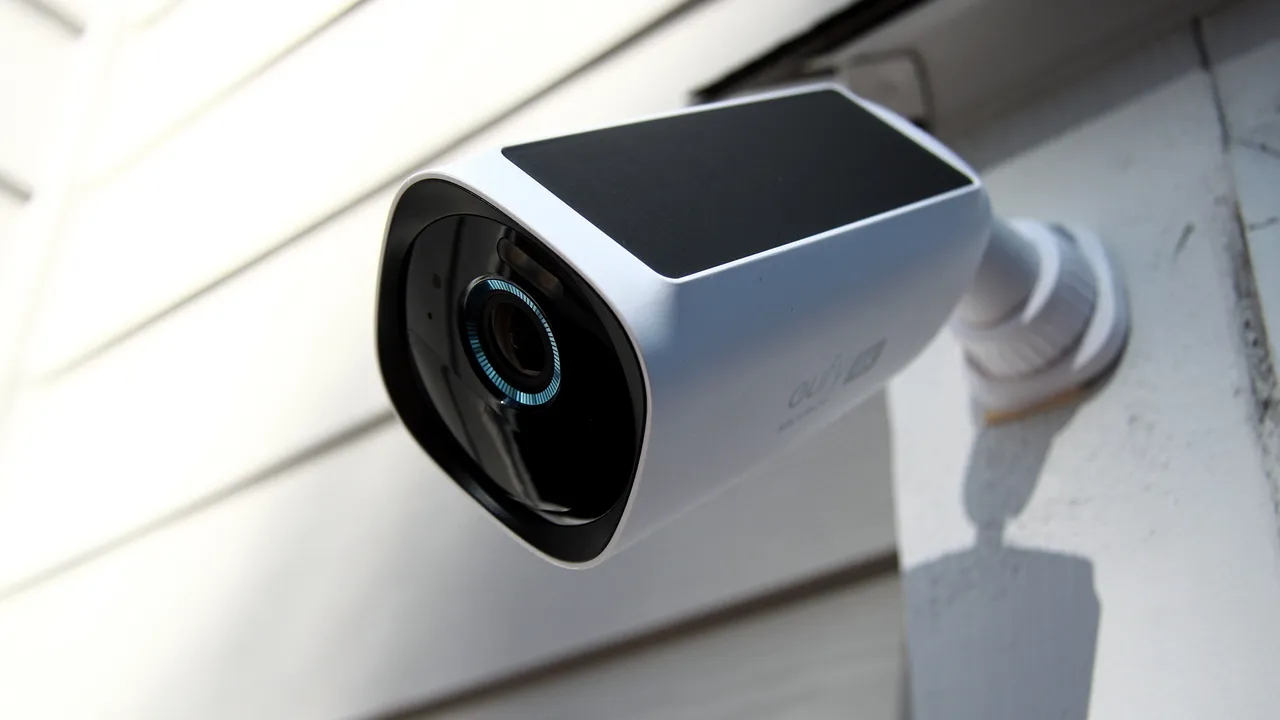
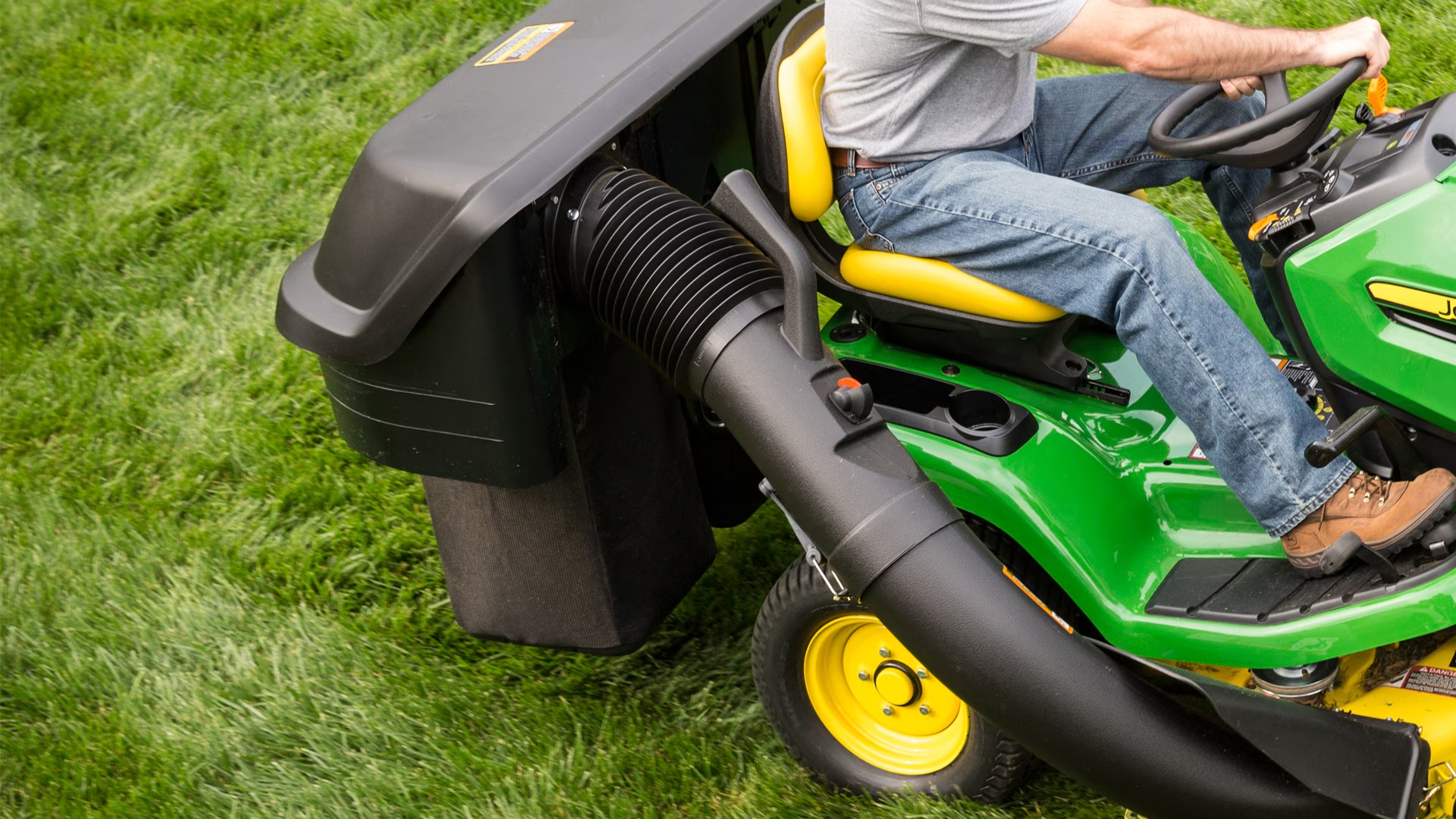
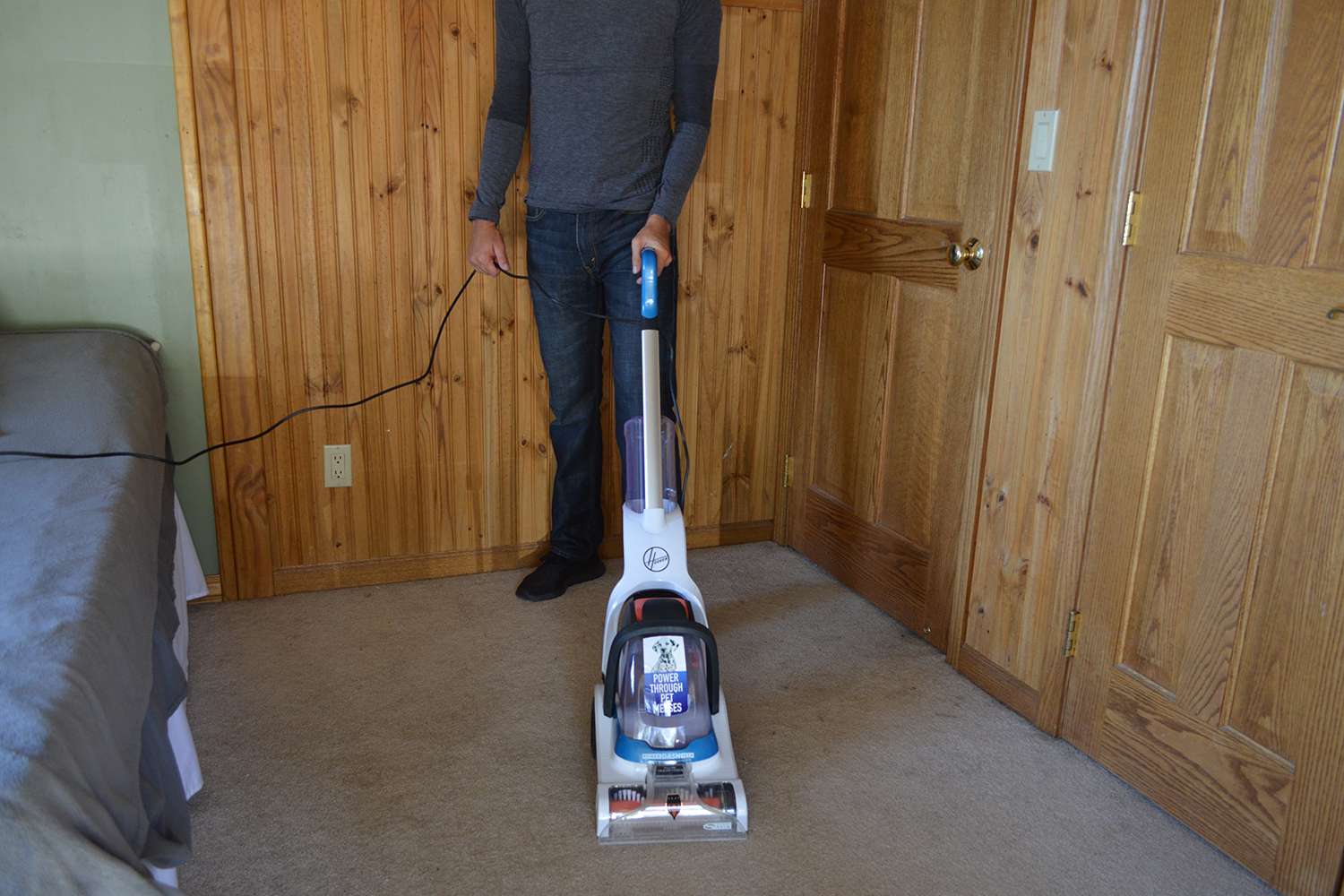
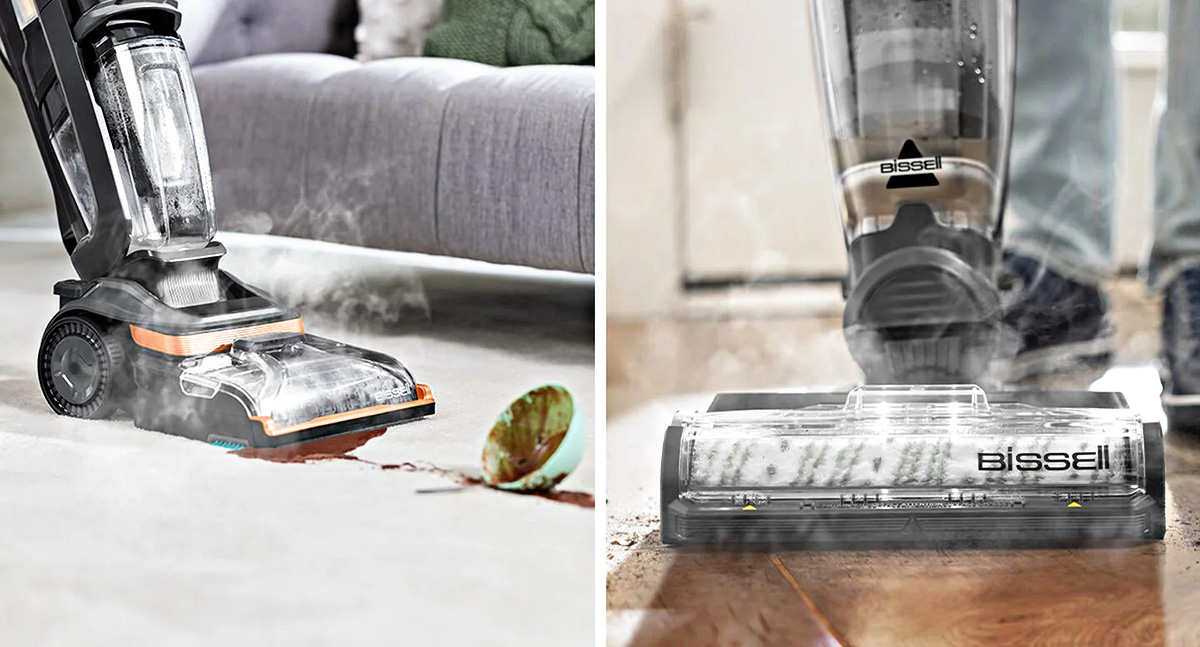

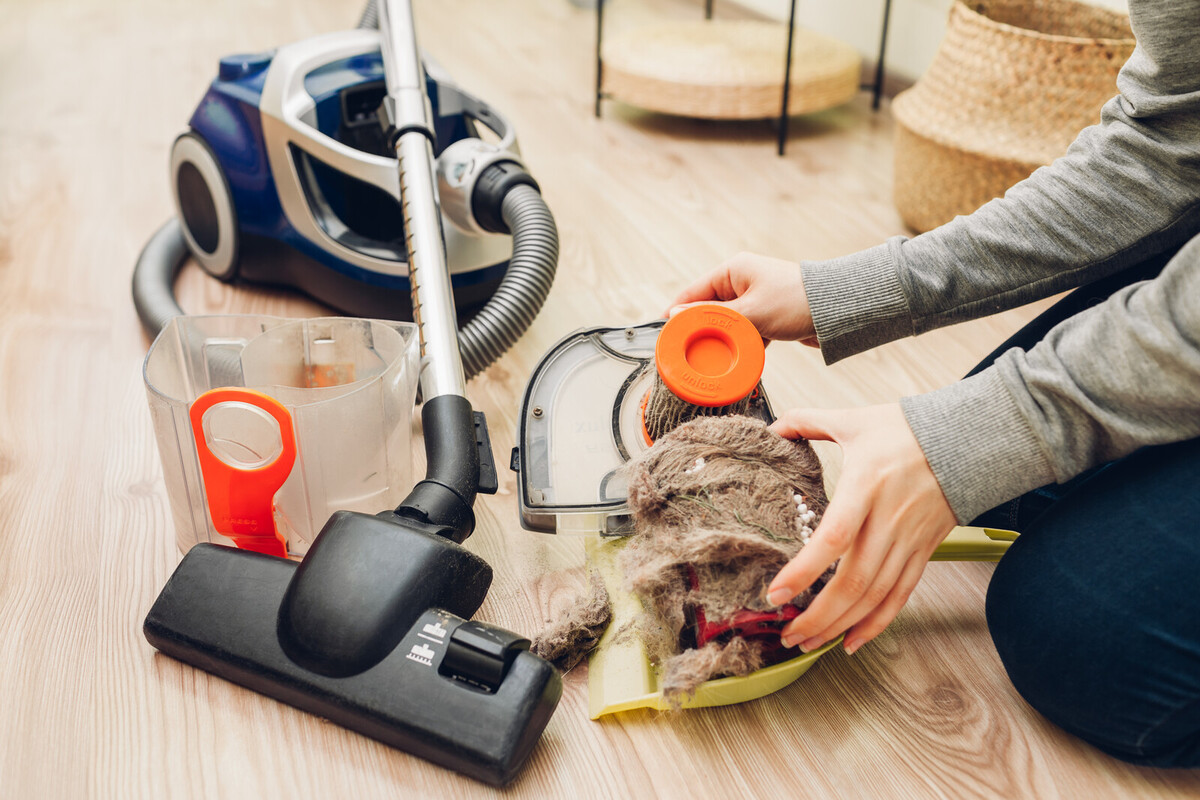

0 thoughts on “Why Is My Lawn Mower Not Picking Up Grass”